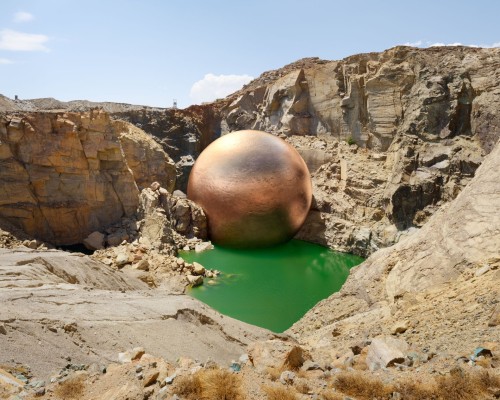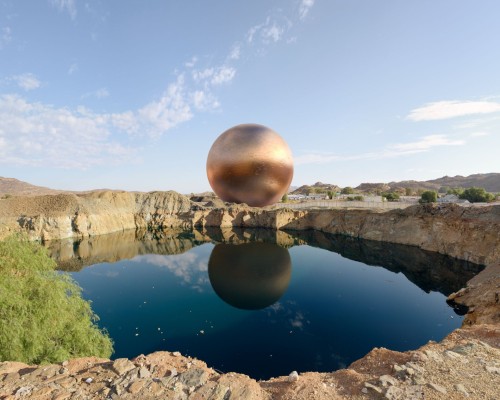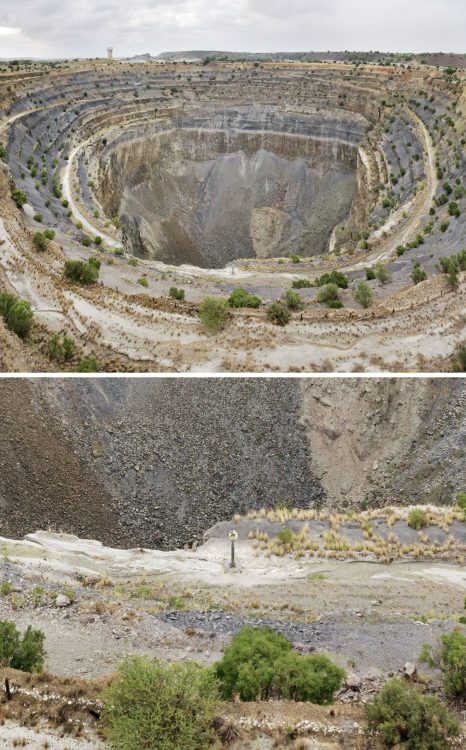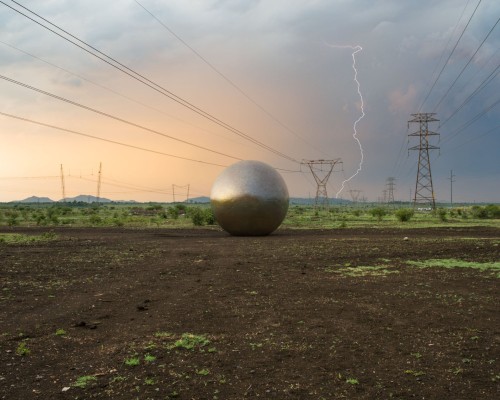“For What It’s Worth”When Cape Town-based photographer Dillon Marsh learned a
“For What It’s Worth”When Cape Town-based photographer Dillon Marsh learned about the commercial copper mines near Springbok, South Africa, he decided to document the remains of the excavation sites. “The first of these mines was established in 1852, and back then the digging was done by hand. The extracted copper ore was then transported by ox wagons to the coast 140 kilometers away, and from there, it was shipped to England to be processed,” he tells Colossal.This curiosity sparked his CGI series titled “For What It’s Worth”, which positions metallic orbs representative of the amount of material extracted within the original mines. The striking juxtapositions are profound visual indictments of how uncovering and selling precious metals like copper, gold, and platinum and stones like diamonds have consistently been prioritized over the health of the land. “My feelings have consistently and rapidly fluctuated between a sense of awe for what was gained and a sense of sadness for what it cost,” Marsh shares.Framing many of the locations as scars in the earth, the images show 4.1 million tons of copper semi-buried in the steep gash of the Palabora Mine and 335 million troy ounces resting on the now-converted Free State Gold Field. The 7.6 million carats of diamonds pulled from Koffiefontein is so minuscule in comparison to the gaping hole required to obtain it that it’s barely visible without magnification.Dillon Marshall photography -- source link
Tumblr Blog : saddayfordemocracy.tumblr.com
#cgiart#photography#mining#sustainability#consumerism#south africa#copper#diamonds#disaster#circular economy#sustainable#ecology






